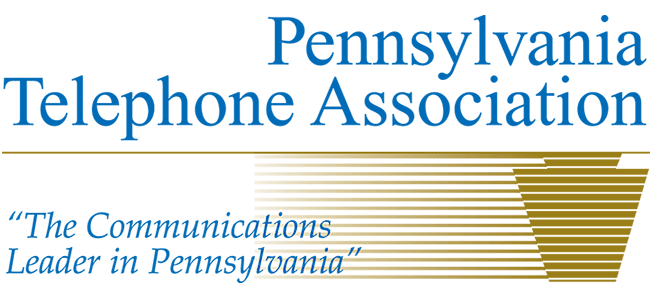– “Early next year, the FCC will find that broadband is not being deployed “in a reasonable and timely fashion.” This sham is a shame. We should treat this proceeding as an annual status report on our efforts to promote digital infrastructure. The statute requires us—the government—to “encourage [broadband] deployment on a reasonable and timely basis . . . to all Americans” using a variety of regulatory tools. And so we should be asking, what has the FCC done to encourage broadband deployment? What barriers to infrastructure investment have we removed? How have we reformed price cap regulation? How have we exercised regulatory forbearance? What measures have we taken to promote competition in the local telecommunications market? What have state commissions done that we can learn from? And focusing on the future, what should the FCC be doing? What barriers to investment can be eliminated? What regulatory obstacles stand in the way of investment, innovation, and entrepreneurship and how can we get rid of them?”
The FCC yesterday released its Notice of Inquiry for the 12th Broadband Report, and skeptics like Commissioner Ajit Pai wasted no time blasting the now notorious document in the excerpts above. Fellow Republican Commissioner Michael O’Rielly didn’t have much good to say about the parameters of this year’s effort either; saying that “…even if this year’s inquiry resulted in a finding that 100 percent of consumers had broadband at 25/3 Mbps speeds, which it won’t be able to do, what would it matter if we were only on a partial trajectory to some arbitrary aspirational goal to be achieved at a future date?”
